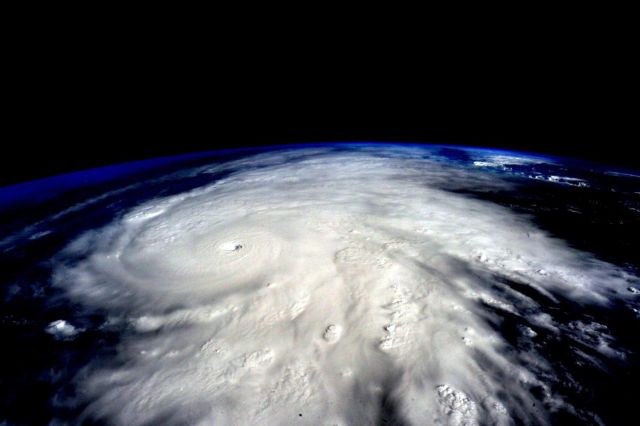
What’s responsible for sudden weather shifts such as thunderstorms? Research published in the Journal of Atmospheric and Oceanic Technology demonstrates how weather radars could track boundary layer depth.
The boundary layer is measured daily by weather balloons nationwide. The boundary layer of atmosphere is less than one mile from the surface, which is most affected by heat from the Earth’s surface.
“It’s kind of an obscure thing,” one researcher said. “When you put it into the context of wildfires and air pollution and severe storm forecasting then it has a lot of relevancy.”
The boundary layer gets its name because it traps things such as pollution, smog, smoke from forest fires, and other airborne particles from rising higher in the atmosphere.
As the sun warms the surface of the Earth, it also warms the air. This warm air rises, deepening the boundary layer
In addition to being gathered in real time, radar measurements give a more complete analysis of the boundary layer by sending out vertical and horizontal impulses to log if snow, rain or insects are present.
Banghoff said a similar phenomenon can be observed at the Earth’s surface during fog events,
The National Science Foundation supported this research.
The U.S. Army Corps of Engineers has been tasked with…
Brown and Caldwell, a leading environmental engineering and construction firm,…
Humboldt State University, one of four campuses within the California…